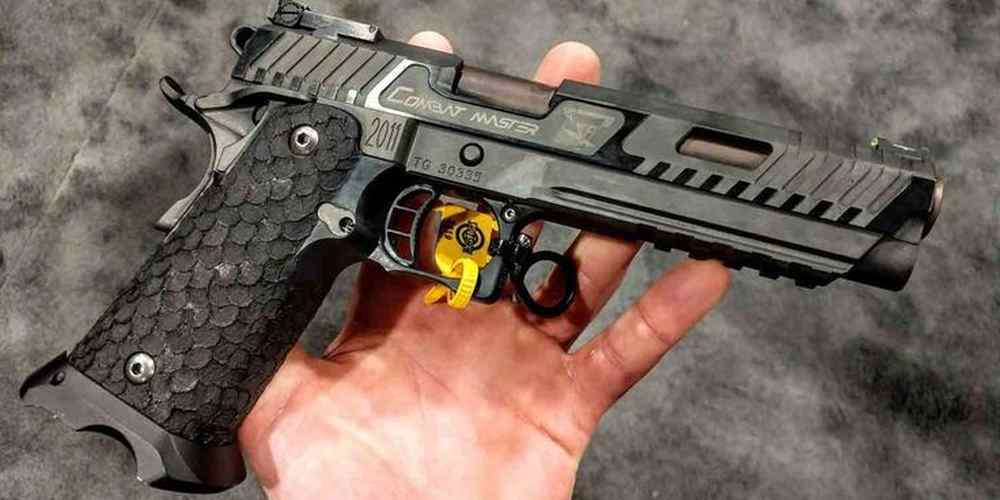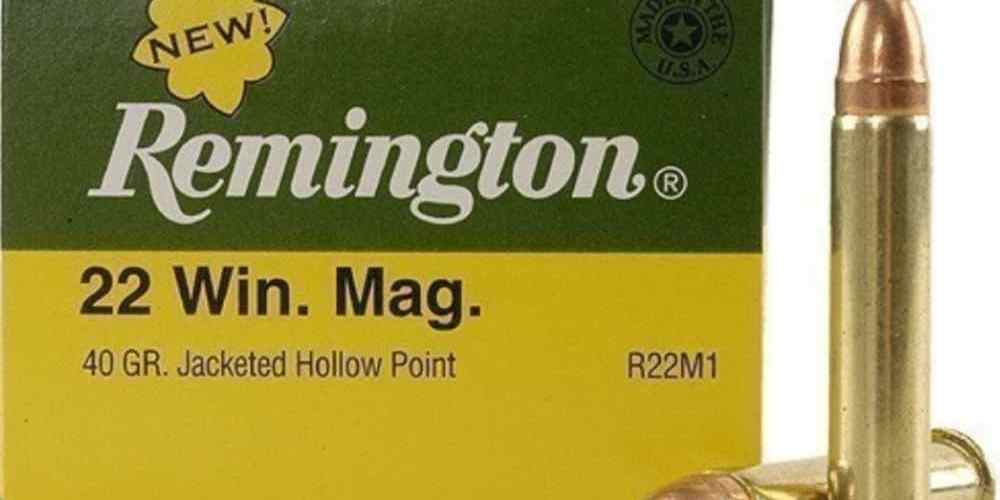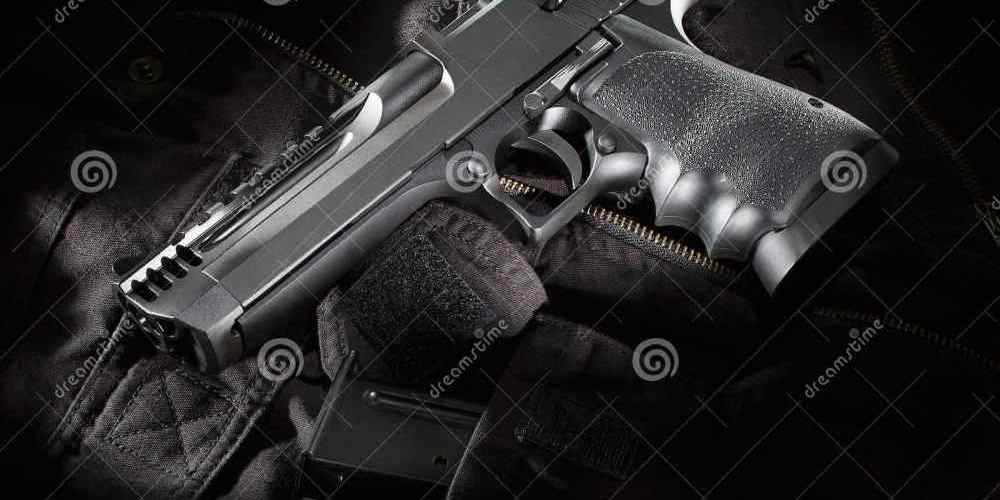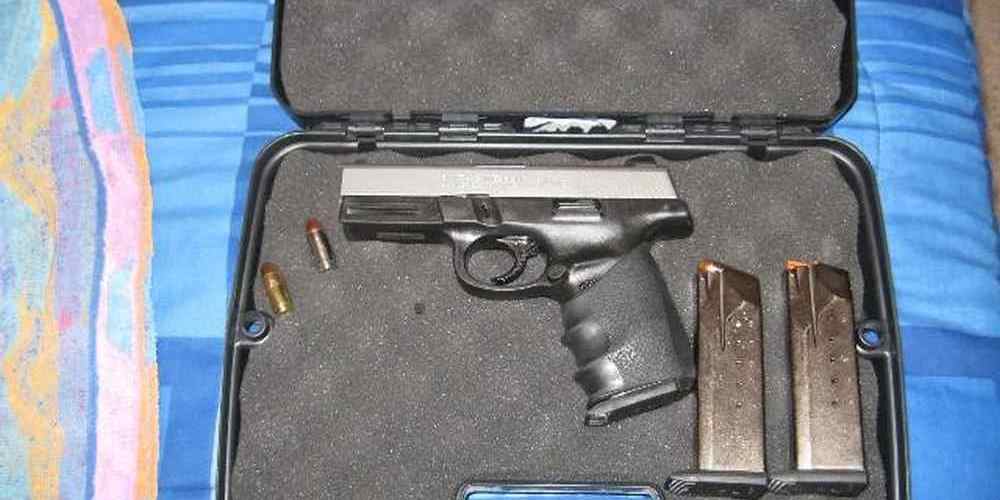“Debunking the myths surrounding semi-auto ammunition”
Debunking the Myth of Armor-Piercing Semi-Auto Ammunition
When it comes to semi-automatic ammunition, there are many myths and misconceptions that can cloud the judgment of gun owners and enthusiasts. One of the most prevalent myths is the belief that all semi-auto ammunition is armor-piercing. This misconception has led to confusion and fear among the general public, as well as misguided legislation aimed at banning certain types of ammunition. In this article, we will debunk the myth of armor-piercing semi-auto ammunition and separate fact from fiction.
First and foremost, it is important to understand what armor-piercing ammunition actually is. Armor-piercing ammunition is specifically designed to penetrate armor, such as bulletproof vests or vehicle armor. This type of ammunition is typically made with a hard metal core, such as steel or tungsten, that is capable of piercing through tough materials. While armor-piercing ammunition does exist, it is not the same as semi-auto ammunition.
Semi-auto ammunition refers to cartridges that are designed to be used in semi-automatic firearms, which are firearms that automatically load a new round into the chamber after each shot is fired. Semi-auto ammunition comes in a variety of calibers and types, ranging from handgun rounds to rifle rounds. While some semi-auto ammunition may have the capability to penetrate certain types of armor, it is not specifically designed for that purpose.
One of the reasons why the myth of armor-piercing semi-auto ammunition persists is due to the confusion surrounding certain types of ammunition, such as full metal jacket (FMJ) rounds. FMJ rounds are commonly used in semi-automatic firearms and are often mistaken for armor-piercing ammunition. However, FMJ rounds are not designed to penetrate armor; rather, they are designed to provide better penetration and accuracy compared to other types of ammunition.
Another reason for the misconception of armor-piercing semi-auto ammunition is the use of terms such as “high-powered” or “military-grade” to describe certain types of ammunition. While these terms may sound intimidating, they do not necessarily mean that the ammunition is armor-piercing. In fact, many types of ammunition that are labeled as “high-powered” or “military-grade” are not capable of penetrating armor.
It is also important to note that the use of armor-piercing ammunition is heavily regulated in the United States. The Gun Control Act of 1968 prohibits the manufacture, importation, and sale of armor-piercing ammunition for handguns. Additionally, the Law Enforcement Officers Protection Act of 1986 prohibits the manufacture and sale of armor-piercing ammunition that is capable of penetrating body armor.
In conclusion, the myth of armor-piercing semi-auto ammunition is just that – a myth. While some types of semi-auto ammunition may have the capability to penetrate certain types of armor, they are not specifically designed for that purpose. It is important for gun owners and enthusiasts to educate themselves on the different types of ammunition available and to understand the regulations surrounding armor-piercing ammunition. By separating fact from fiction, we can dispel the myths surrounding semi-auto ammunition and promote a better understanding of firearms and ammunition.
Exploring the Truth Behind the High-Capacity Magazine Myth
When it comes to firearms and ammunition, there are many myths and misconceptions that circulate in the media and among the general public. One of the most common myths is the belief that semi-automatic firearms with high-capacity magazines are inherently more dangerous than other types of firearms. In this article, we will explore the truth behind this myth and separate fact from fiction.

First and foremost, it is important to understand what a semi-automatic firearm is. A semi-automatic firearm is a type of gun that fires one round each time the trigger is pulled, automatically ejecting the spent cartridge and loading a new round into the chamber. This is in contrast to a fully automatic firearm, which will continue to fire as long as the trigger is held down. Semi-automatic firearms are commonly used for hunting, target shooting, and self-defense.
One of the main arguments against semi-automatic firearms with high-capacity magazines is that they are more deadly because they can fire more rounds without needing to be reloaded. While it is true that high-capacity magazines can hold more rounds than standard magazines, this does not necessarily make them more dangerous. In fact, many law-abiding gun owners use high-capacity magazines for self-defense purposes, as they provide them with more rounds to defend themselves in a potentially life-threatening situation.
Another common misconception is that semi-automatic firearms with high-capacity magazines are more likely to be used in mass shootings. While it is true that some mass shooters have used semi-automatic firearms with high-capacity magazines in their attacks, the majority of gun crimes in the United States are committed with handguns. In fact, according to the FBI, handguns are used in over 60% of all gun-related crimes.
It is also important to note that the term “high-capacity magazine” is subjective and can vary depending on the type of firearm. For example, what may be considered a high-capacity magazine for a handgun may not be considered high-capacity for a rifle. Additionally, many states have laws in place that restrict the sale and possession of high-capacity magazines, further limiting their availability to the general public.
In conclusion, the belief that semi-automatic firearms with high-capacity magazines are inherently more dangerous is a myth that is not supported by facts. While these types of firearms may be used in some high-profile crimes, they are not the primary weapon of choice for most criminals. It is important to separate fact from fiction when discussing firearms and ammunition, and to base our opinions on evidence and data rather than fear and misinformation.
Addressing the Misconceptions Surrounding Semi-Auto Ammunition and Mass Shootings
Semi-automatic firearms have been a topic of controversy for many years, especially in relation to mass shootings. One of the most common misconceptions surrounding semi-auto ammunition is that it is more dangerous than other types of ammunition. However, this belief is not entirely accurate.
First and foremost, it is important to understand what semi-auto ammunition actually is. Semi-automatic firearms are designed to fire one round each time the trigger is pulled, automatically ejecting the spent cartridge and loading a new one into the chamber. This is in contrast to fully automatic firearms, which continue to fire as long as the trigger is held down.
One of the main myths surrounding semi-auto ammunition is that it is more lethal than other types of ammunition. This misconception likely stems from the fact that semi-automatic firearms can fire more rounds in a shorter amount of time compared to manual firearms. However, the lethality of a firearm is not solely determined by its rate of fire. Factors such as bullet size, velocity, and shot placement all play a significant role in determining the effectiveness of a firearm.
Another common myth is that semi-auto ammunition is more likely to be used in mass shootings. While it is true that semi-automatic firearms have been used in several high-profile mass shootings, it is important to note that these incidents are the exception rather than the rule. The vast majority of gun owners use their firearms responsibly and legally, and mass shootings are relatively rare occurrences.
It is also worth noting that semi-automatic firearms are not inherently more dangerous than other types of firearms. In fact, semi-automatic firearms are often preferred by law enforcement and military personnel for their reliability and ease of use. Additionally, semi-automatic firearms are commonly used for hunting and target shooting, activities that are enjoyed by millions of Americans every year.
Despite these facts, the myths surrounding semi-auto ammunition persist. This is likely due to a combination of misinformation, fear, and political agendas. It is important for gun owners and non-gun owners alike to educate themselves on the facts surrounding semi-automatic firearms and ammunition in order to have a more informed and productive conversation about gun control and public safety.
In conclusion, semi-auto ammunition is often misunderstood and misrepresented in the media and public discourse. While it is true that semi-automatic firearms have been used in some high-profile mass shootings, it is important to remember that these incidents are the exception rather than the rule. Semi-automatic firearms are not inherently more dangerous than other types of firearms, and responsible gun ownership is key to preventing gun violence. By separating fact from fiction and having an open and honest conversation about semi-auto ammunition, we can work towards finding common-sense solutions to gun violence in our society.
Dispelling the Myth of Military-Grade Semi-Auto Ammunition
When it comes to semi-automatic firearms, there are many myths and misconceptions surrounding the ammunition they use. One of the most common myths is that semi-auto ammunition is military-grade and more powerful than traditional ammunition. In reality, this is simply not true.
Semi-automatic firearms are designed to fire one round each time the trigger is pulled, just like a revolver or bolt-action rifle. The difference is that semi-automatic firearms use the energy from the fired round to automatically eject the spent casing and load a new round into the chamber. This allows for faster and more efficient shooting, but does not necessarily mean that the ammunition used is more powerful.
One of the reasons for this misconception is the use of terms like “high-powered” or “military-grade” to describe semi-auto ammunition. While it is true that some military and law enforcement agencies use semi-automatic firearms, the ammunition they use is not inherently more powerful than what is available to civilians. In fact, many civilian semi-auto firearms are chambered in common calibers like 9mm, .45 ACP, or .223 Remington, which are not considered high-powered by military standards.
Another myth surrounding semi-auto ammunition is that it is more dangerous or deadly than traditional ammunition. This is simply not the case. The lethality of a round is determined by factors like bullet design, velocity, and shot placement, not whether it is fired from a semi-automatic or manual firearm. In fact, semi-automatic firearms can be more accurate and easier to shoot than traditional firearms, which can actually make them safer in the hands of a trained shooter.
It is also important to note that semi-auto ammunition is subject to the same regulations and restrictions as traditional ammunition. In the United States, for example, all ammunition sales are subject to federal and state laws, regardless of whether it is for a semi-automatic or manual firearm. This means that the same background checks and age restrictions apply to both types of ammunition.
In conclusion, the myths surrounding semi-auto ammunition are just that – myths. Semi-automatic firearms are not inherently more powerful or dangerous than traditional firearms, and the ammunition they use is subject to the same regulations and restrictions. It is important to separate fact from fiction when it comes to firearms and ammunition, and to educate yourself on the true capabilities and limitations of semi-automatic firearms. By doing so, you can make informed decisions about your own safety and the safety of those around you.
Investigating the Accuracy of Claims About Semi-Auto Ammunition and Crime Rates
Semi-automatic firearms have long been a topic of controversy and debate, with many myths and misconceptions surrounding their use and impact on crime rates. One of the most common myths is that semi-auto ammunition is more dangerous and deadly than other types of ammunition. In this article, we will investigate the accuracy of claims about semi-auto ammunition and crime rates, separating fact from fiction.
First and foremost, it is important to understand what semi-auto ammunition actually is. Semi-automatic firearms are designed to fire one round each time the trigger is pulled, automatically ejecting the spent cartridge and loading a new one. This means that semi-auto ammunition is no more inherently dangerous than any other type of ammunition. The real danger lies in the hands of the person using the firearm, not the type of ammunition being used.
One of the most common claims about semi-auto ammunition is that it is more likely to be used in mass shootings and other violent crimes. However, research has shown that the type of firearm used in a crime has little to no impact on the severity or frequency of the crime. In fact, studies have shown that the majority of gun crimes are committed with handguns, not semi-automatic rifles.
Another myth surrounding semi-auto ammunition is that it is more lethal than other types of ammunition. While it is true that semi-automatic firearms can fire more rounds in a shorter amount of time than other types of firearms, this does not necessarily make them more lethal. In fact, studies have shown that the lethality of a firearm is more dependent on the skill and intent of the shooter than the type of firearm being used.
It is also important to note that semi-automatic firearms are not the only type of firearm that can be used in a mass shooting. In fact, many mass shootings have been carried out with handguns or shotguns, not semi-automatic rifles. This further debunks the myth that semi-auto ammunition is more dangerous than other types of ammunition.
In conclusion, the claims about semi-auto ammunition and crime rates are often based on myths and misconceptions. While semi-automatic firearms can fire more rounds in a shorter amount of time than other types of firearms, this does not necessarily make them more dangerous or lethal. The real danger lies in the hands of the person using the firearm, not the type of ammunition being used. It is important to separate fact from fiction when discussing semi-auto ammunition and crime rates, and to base our opinions on research and evidence rather than myths and misconceptions.







